In a dramatic chase last September near 165th Avenue in San Leandro, a suspect fleeing a suspected domestic violence incident jumped fences and hid in a backyard under a box—until a drone tracked his movements in real time, guiding officers to his location without added risk.
Evolution of Drone Use in Bay Area Law Enforcement
Law enforcement agencies in the Bay Area have integrated drones into operations for over a decade. The San Jose Police Department pioneered this in 2015, using a federally funded drone for hostage situations and bomb squad support. This shared resource introduced 13 other agencies to the technology, allowing them to assess incidents remotely and minimize risks to officers, reports Silicon Valley.
Building on that, Sgt. Justin Brannon, who leads the Alameda County Sheriff’s Office Small Unmanned Aircraft System unit, shifted his view after hands-on experience.
“Prior to working on the (UAV) unit, I had very little experience with drones and saw them as a toy,” Brannon said. “But after five years in the drone unit, my perspective has changed. I’ve seen firsthand how they save time, reduce risk, and even help save lives. We’ve used them to locate missing persons in areas too dangerous or remote to search on foot. We’ve provided real-time information during active incidents that helped keep both deputies and civilians safe.”
This raises questions about broader adoption. The Fremont Police and Fire Departments launched the nation’s first joint Drone as First Responder (DFR) pilot in December 2022, stationing drones at fixed sites for rapid activation via dispatch. Its success prompted the Fremont City Council to approve a full program in February 2024. Similarly, the San Francisco Police Department initiated its DFR in March 2024, while Oakland received $80,000 in donated drones that year. In rural Elk Grove, south of Sacramento, drones handled 24% of service calls and arrived before officers in 74% of incidents from May to September 2024, leading to quicker responses and better resource allocation.
Details of Alameda County’s New DFR Initiative
Alameda County advances this trend with a one-year $600,000 contract approved 4-0 by the Board of Supervisors— with Supervisor Nikki Fortunato Bas abstaining—to partner with Atlanta-based Flock Safety. The system, based at the Eden Township Substation, enables remote drone launches for active crimes and emergencies, delivering reconnaissance to police and firefighters ahead of arrival.
A responding officer highlighted its value in video testimony: “Because of the UAV (unmanned aerial vehicle), I didn’t have to worry about being ambushed or any threats close by because I had the eye in the sky.”
Brannon emphasized its advantages: “It’s really been an invaluable tool for road safety, law enforcement and fire operations. DFR is the future.”
The program promises to avoid unnecessary dispatches, enhancing operational efficiency. Drone data stays on county servers for 60 days before deletion, unless tied to investigations. This policy emerged from collaboration with the county counsel, district attorney, public defender’s office, and the American Civil Liberties Union.
Privacy Concerns and Civil Liberties Implications
Despite benefits, privacy advocates voice concerns over surveillance expansion. Brian Hofer, chair of the Oakland Privacy Advisory Commission and executive director of Secure Justice, critiques the approach after helping shape Oakland’s stricter policy, which retains data for only five days unless investigative.
“So, could we have a better Alameda County policy? Absolutely. I tried to get them to copy Oakland’s, and they only took pieces of it,” Hofer said. “We can draft it so police get the utility, and we get the civil liberties protections.”
Hofer warns of risks:
“We’ve seen horror stories of police using surveillance tech and databases to improperly track people. In an era of Trump, the fact that we so-called ‘sanctuary cities’ are building the surveillance system that Trump is going to use is a talking point that isn’t getting enough media attention.”
He cites a Chula Vista case where a court ruled in favor of a journalist seeking drone footage, underscoring transparency needs. Any large data collection, Hofer notes, invites misuse by hackers, stalkers, or immigration officials.
Brannon counters that Alameda County’s safeguards are robust and stresses public education:
“Whether it’s locating a missing person, responding to a fire, or supporting a critical incident, this technology improves safety for everyone in Alameda County. I’ve seen firsthand how drones can save lives and reduce risk to both deputies and the public. However, none of that is worth it if we lose public trust.”
Broader Implications for Drone Technology in Public Safety
This initiative reflects a shift toward proactive drone deployment, balancing rapid response with accountability. As agencies refine policies, the technology could redefine emergency operations, saving time and resources while navigating regulatory and ethical challenges. For drone professionals, it highlights reliable systems like Flock Safety’s, emphasizing remote piloting and real-time streaming for high-stakes applications.
Discover more from DroneXL.co
Subscribe to get the latest posts sent to your email.
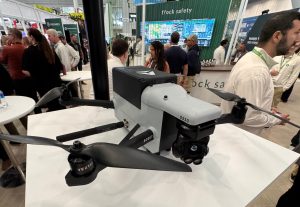

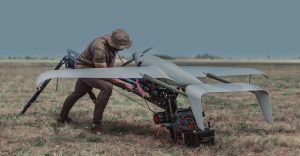
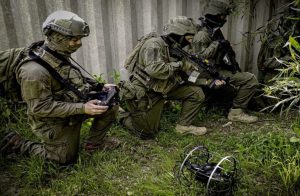

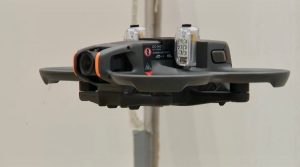
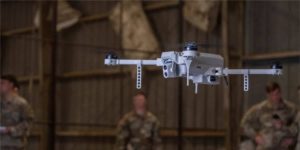
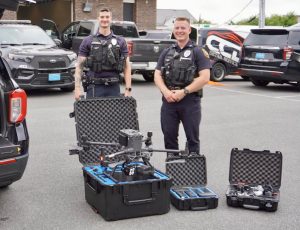

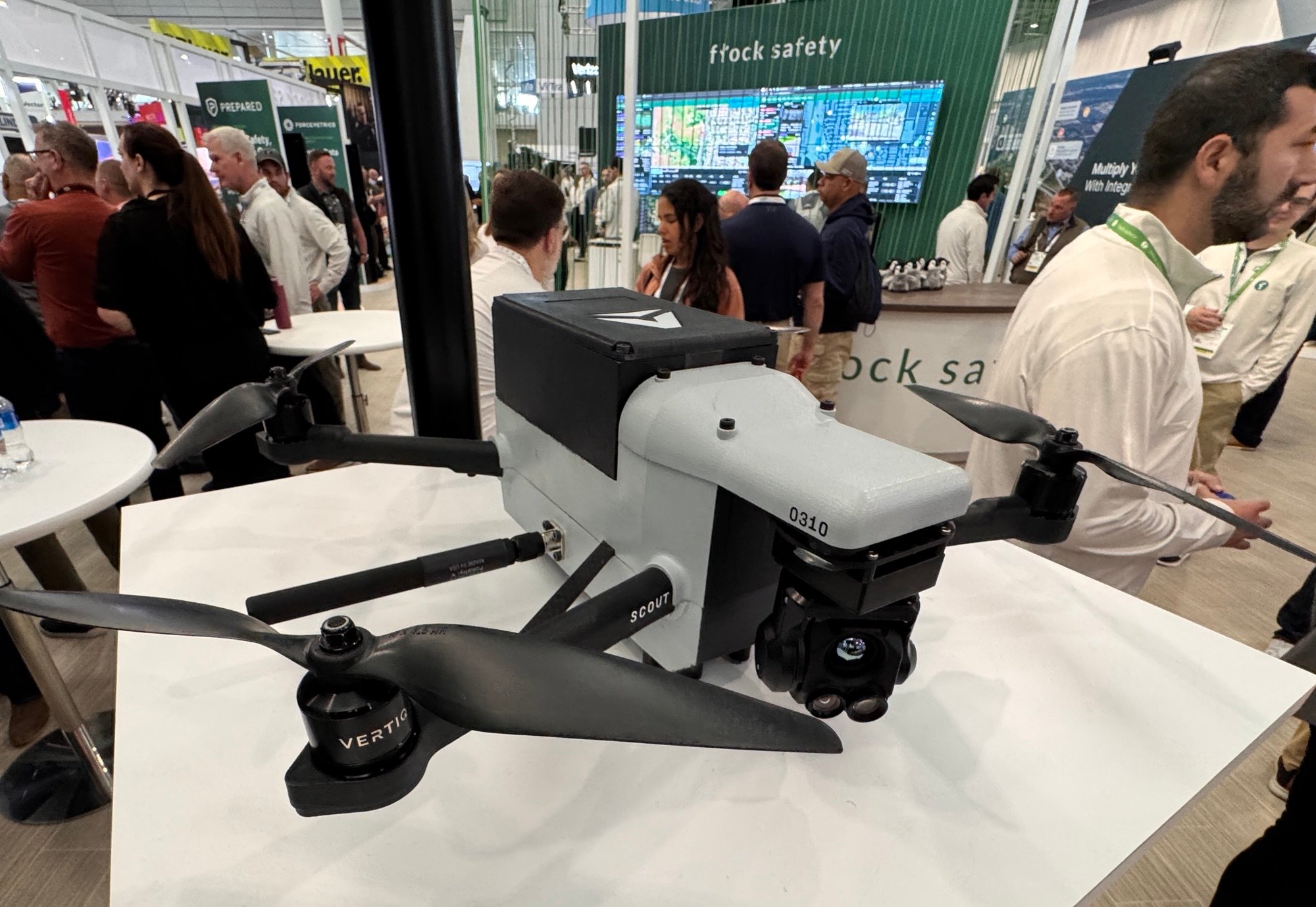

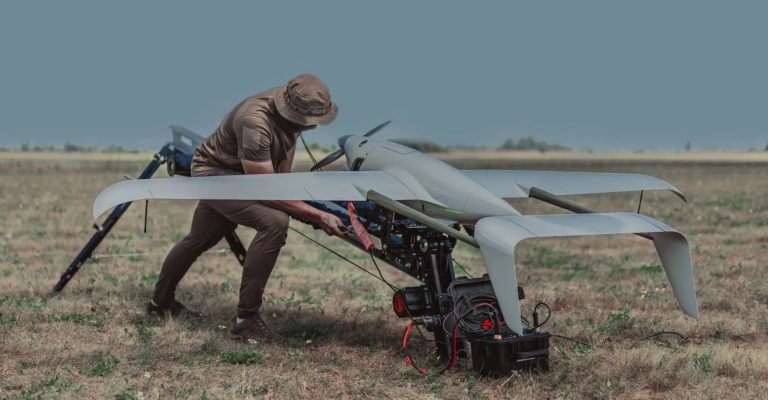
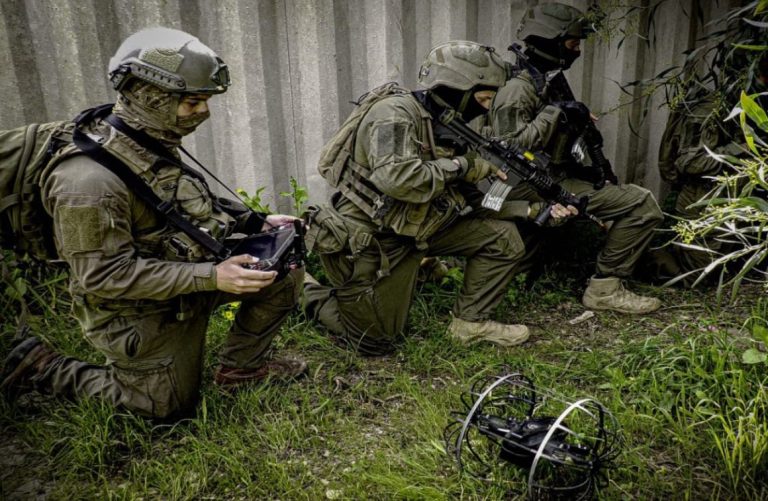
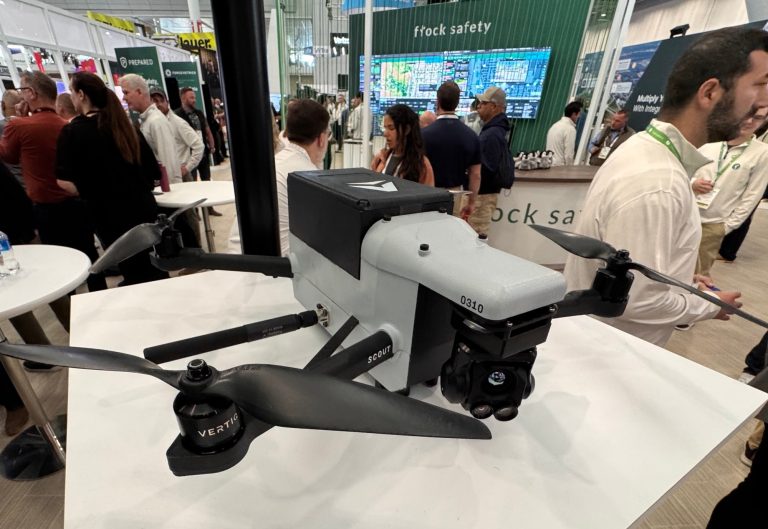

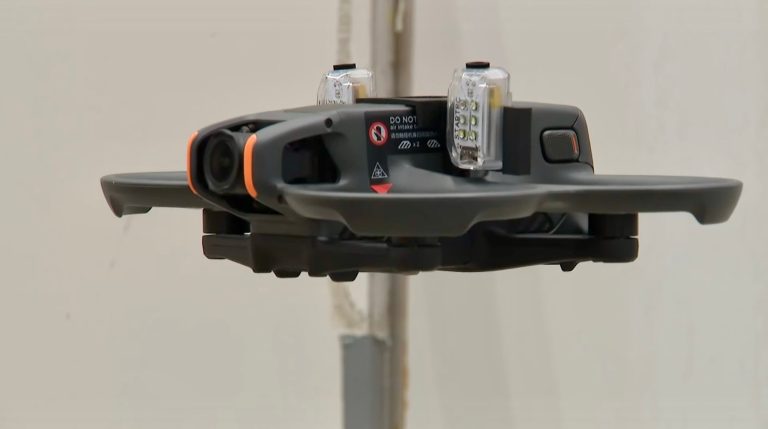
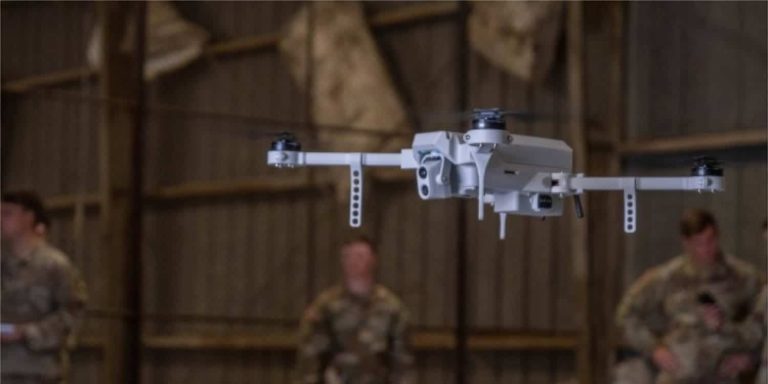
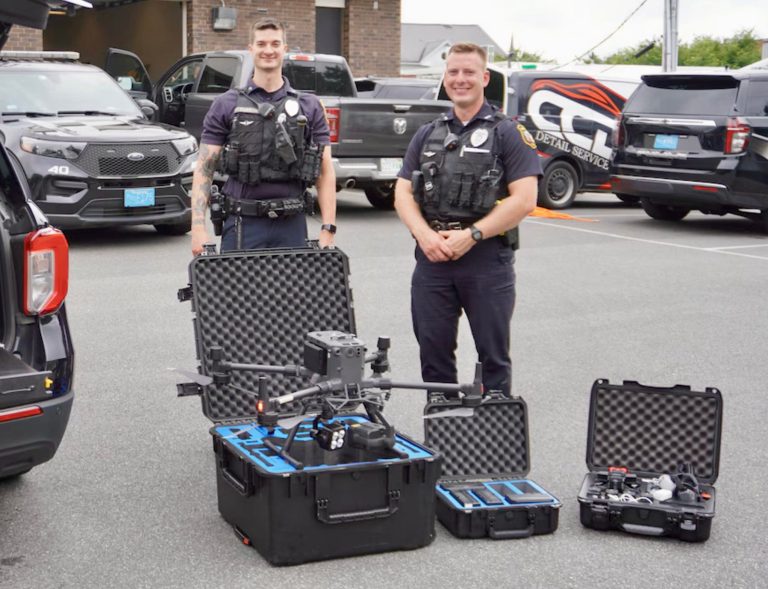
+ There are no comments
Add yours